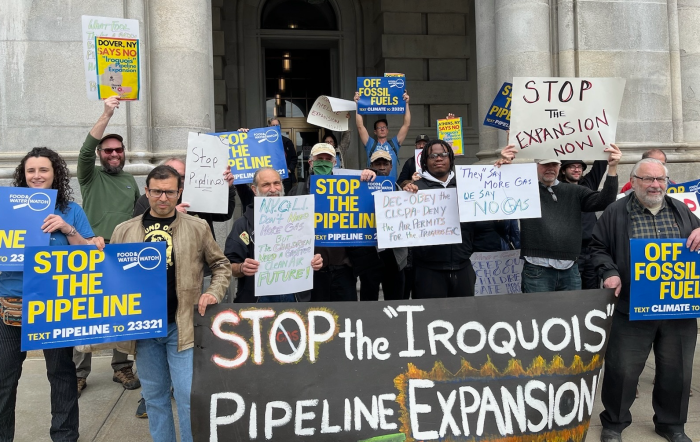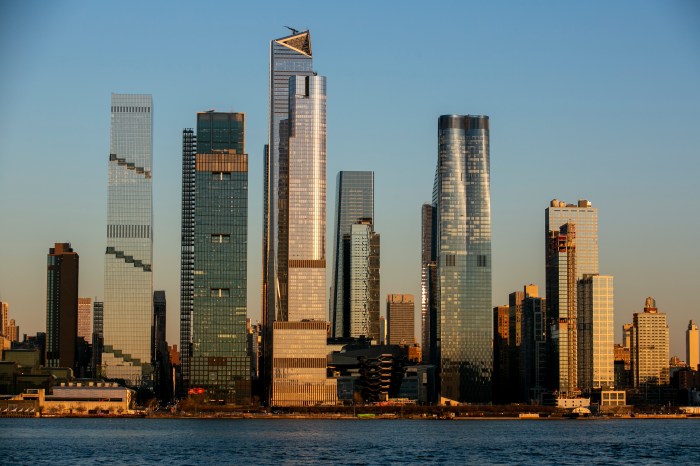In a ruling that affects almost 18 percent of the world’s population, the Supreme Court of India ruled on September 6 that the Victorian-era Section 377 of the Indian Penal Code — the ban on “unnatural sex” that has been used to penalize same-sex activity — violates the fundamental rights of LGBTQ people.
Building on a pioneering ruling by the Delhi High Court and repudiating a decision by a two-judge panel of the Supreme Court that had reversed the High Court ruling, a five-judge panel of the 31-member Supreme Court, led by Chief Justice Dipak Misra, drew on legal developments in numerous other countries to interpret the Indian Constitution as a bastion for human rights and identifying personal sexual freedom for LGBTQ people as a fundamental part of those rights.
As is customary in the high courts of British Commonwealth countries, the Supreme Court’s ruling is not set out in any single opinion. In this case, the five-judge panel produced four substantial written opinions. Chief Justice Misra’s 166-page opinion was joined in full by Justice A. M. Khanwilkar. Each of the other justices on the panel produced their own opinions, amounting in total to an extraordinary outpouring of human rights rhetoric, totaling 495 pages in the PDF file released by the court.
India did not have any sex crimes statutes before the British colonization of the country beginning early in the 19th century. London imposed imperial rule atop the existing structure of local governments and eventually insisted that India enact a penal code drafted by British lawyers, modeled on English law, which itself derived from the sexual prohibitions imposed by the Catholic Church when it was Britain’s established church prior to the English Reformation during Henry VIII’s reign.
Section 377 of that colonial code, enacted in 1860, introduced a foreign legal concept into Indian society, making it ironic that those defending the sodomy ban today pointed to the decriminalization of gay sex in Western democracies to argue that the plaintiffs were attempting to impose Western values regarding individual sexual freedom on Indian society.
The road to the September 6 ruling was a long one.
More than a decade ago, a non-profit AIDS services and advocacy group, NAZ Foundation, filed a lawsuit in the Delhi High Court, making a powerful argument that the existing sodomy law was an impediment to confronting the AIDS crisis in India. After lengthy proceedings and much deliberation, the High Court issued its ruling in 2009, finding that Section 377 was inconsistent with guarantees of liberty and privacy in the Indian Constitution.
Unlike the US, where the right to appeal a trial court ruling is limited to the litigating parties, in India anybody affronted by a court decision can petition to appeal it. The Naz Foundation ruling, greeted by jubilant street demonstrations and waves of LGBTQ people coming out for the first time, provoked orthodox religious forces to file a petition with the Supreme Court. Even though the government had never made an effort to repeal or modernize Section 377, it did not seek to appeal the Delhi High Court ruling and was reluctantly dragged into the case.
The slow-moving appeal before a two-judge panel of the Supreme Court in Koushal v. Naz Foundation resulted in a 2014 ruling that reversed the lower court, refusing to invalidate a statute that the new state of India after World War II had deliberately decided to keep, while amending or repealing other provisions of the colonial penal laws.
The Koushal court minimized the significance of what it was doing, claiming that only a tiny portion of the Indian population identified as gay so the constitutional claim was trivial, almost beneath its attention.
The ruling threw fear into the LGBTQ community, as many had come out in reaction to the earlier decision and were worried that they were now open to police harassment, employment and housing discrimination, shunning by their families, and violence on the streets. Those fears were realized to some extent, but the massive celebrations and new openness of the LGBTQ community in the wake of the 2009 Delhi opinion, which was generally well received in the press, began a gradual shift in public opinion toward greater acceptance.
In fact, the current government, much more conservative than its predecessors on many issues, did not made defending Section 377 a priority as advocates of repeal generated a deluge of petitions to the Supreme Court from prestigious groups and individuals willing to put their reputations on the line over the issue.
In January of this year, a panel of the Supreme Court headed by Chief Justice Misra, heard arguments about convening an enlarged panel of judges to reconsider the Koushal decision. Other recent decisions — including ones from the Supreme Court recognizing the equality rights of transgender people and the privacy rights of all Indians put in danger by new government technology used to track the identity of the nation’s 1.3 billion people — contributed to a shifting view on Section 377. The privacy decision, by a nine-judge panel of the court, had included biting comments by several judges criticizing the Koushal decision as inconsistent with basic precepts of the Indian Constitution.
When Chief Justice Misra appointed himself to head a new five-judge panel to hear the reconsideration of Koushal, commentators widely agreed that the court would definitely overrule the 2014 decision and strike down Section 377 as it applies to private, consensual adult sex. After gleeful press reports of July oral arguments in the case, the only suspense was how wide-ranging the opinion would be.
Indeed, the government pleaded with the court to limit its decision narrowly to sexual acts and refrain from ruling on other kinds of anti-LGBTQ discrimination or on same-sex marriage.
Chief Justice Misra’s opinion is likely to be the most quoted and influential, for obvious reasons. Much of it is taken up with a philosophical discussion of the Indian Constitution and theories about its interpretation. Misra fervently rejected any contention that a constitution is a static document with a meaning and reach fixed when adopted. In sometimes flowery language, he asserted a dynamic approach to constitutional interpretation that requires courts to take account of changing knowledge and social attitudes and extend principles of freedom, liberty, and equality to ensure maximum protection for individual rights.
At times, Misra sounds like recently-retired US Supreme Court Justice Anthony Kennedy, and he quoted extensively from Kennedy’s 2015 marriage equality and 2003 Texas sodomy opinions. Like Kennedy, he embraced the term “human dignity” as when he wrote, “We have no hesitation to say that Section 377 IPC, in its present form, abridges both human dignity as well as the fundamental right to privacy and choice of the citizenry, howsoever small. As sexual orientation is an essential and innate facet of privacy, the right to privacy takes within its sweep the right of every individual, including that of the LGBT, to express their choices in terms of sexual inclination without the fear of persecution or criminal prosecution.”
Misra emphasizes the theme of individual autonomy, just as Kennedy did in striking down the Texas sodomy law.
“The sexual autonomy of an individual to choose his/ her sexual partner is an important pillar and an insegregable facet of individual liberty,” he wrote. “When the liberty of even a single person of the society is smothered under some vague and archival stipulation that it is against the order of nature or under the perception that the majority population is peeved when such an individual exercises his/ her liberty despite the fact that the exercise of such liberty is within the confines of his/ her private space, then the signature of life melts and the living becomes a bare subsistence and resultantly, the fundamental right of liberty of such an individual is abridged.”
The judge took special note of how Section 377 has been oppressive to the transgender community.
“To change the societal bias and root out the weed, it is the foremost duty of each one of us to ‘stand up and speak up’ against the slightest form of discrimination against transgenders that we come across,” Misra wrote. “Let us move from darkness to light, from bigotry to tolerance and from the winter of mere survival to the spring of life — as the herald of a New India — to a more inclusive society.”
Inspiring language of this type peppers the opinions written by Misra and his three colleagues. The five-judge panel unanimously agreed that constitutional concepts of privacy, autonomy, human dignity, and equality are inconsistent with Section 377 as it applies to private, adult consensual activity.
Misra explained that other sections of the penal law, including some recently enacted, will stand, especially regarding sexual exploitation of minors and rape.
As requested by the government, the Supreme Court panel refrained from ranging beyond the direct question regarding sodomy, but its language might well be leveraged later to attack anti-LGBTQ discrimination and any bars to same-sex marriage.
This ruling may have profound consequences well beyond India, which is the world’s second largest country by population after China — which repealed its laws against gay sex in 1997 — and had been the word’s largest democracy to maintain criminal penalties for gay sex.
The persistence of penalties for sodomy imposed by Britain on its far-flung 19th century empire continues to haunt the lives of LGBTQ people in many former colonies. The Indian Supreme Court’s action, relying on phrases and concepts that are common in the post-colonial constitutions of many of these countries, may prove a powerful example leading to similar rulings elsewhere. In India, meanwhile, the immediate reaction was an outbreak of more public celebrations.



































